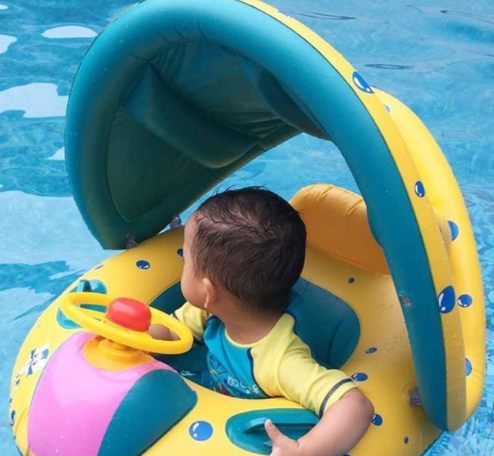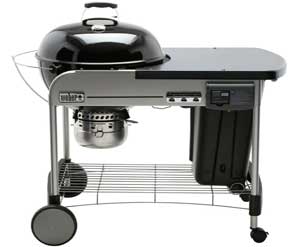How to stop drowning when you've got a pool, Here are the tips from pool builder in Cleveland, OH.
 1. Learn to swim.
1. Learn to swim.Make sure that both children and adults in your household know how to swim. Children can take swimming lessons each year at least once.
Non-swimmers and swimmers who are inexperienced should wear U.S. Coast Guard-approved jackets for life. For young children, avoid the use of "floaties" so they do not become dependent on them and take chances for which they may not be ready.
2. Install protective drain covers for anti-entrapment.
Make sure there are anti-entrapment security drain covers in your tub. Children, or even adults, can be easily caught by the heavy suction from some drains. To prevent entrapment injuries, keep kids away from pool drains, pipes and other openings.
3. Supervise children closely.
Never leave a child unattended in your pool or hot tub is one of the most important pool safety instructions (or any other body of water). Keep with young children and non-swimmers within arm's reach.
And if you're not out in the pool, if a child is missing, look first for the child in the pool, including pools for neighbors. - second counts when it comes to preventing drowning.
4. Mount barriers for baths.
Constructing and maintaining barriers such as pool safety walls, pool gates, power safety covers and alarms is one of the safest ways to minimize the chance of a child drowning in your pool or hot tub. In order to enter the pool unsupervised, a good barrier should prevent a child from going over, under and through the barrier. To stop kids from subverting barriers, follow these U.S. orders. Commission for Consumer Product Protection (CPSC).
5. Prepare for emergencies by:
Make sure everybody in your home takes lessons in water conservation, first aid and CPR.
Holding rescue devices, such as life rings, floats or a reaching pole, by the pool, readily available and in good condition.
Having a poolside telephone with posted emergency numbers. For the convenience of guests, babysitters or even your young children who do not have your address memorized, post your address as well.
Sharing family, friends, babysitters and neighbors with safety instructions and pool rules.
6. Institute pool rules.
Don't go without an adult in or near the pool.
No squeezing.
Oh, no racing.
With no swimming.
If someone's in trouble, get immediate help.
Using your toilet, not your shower!
7. Know the legal risks of possession of pools.
No matter how many steps you take, it can always be a risky proposition to have a pool. You, as the owner, are therefore subject to legal threats such as being sued, in addition to the personal tragedy of someone drowning in your pool.






